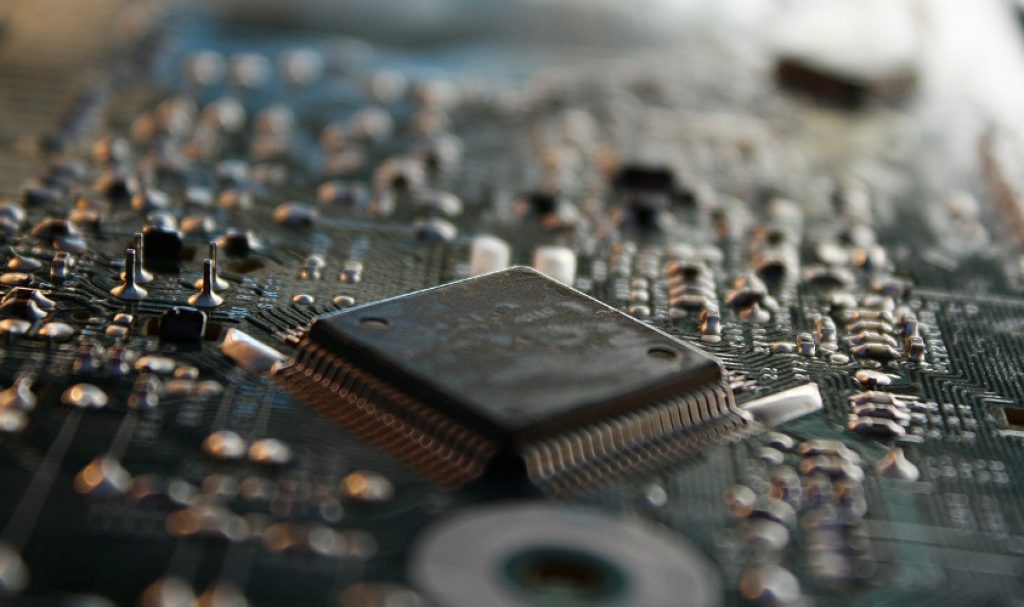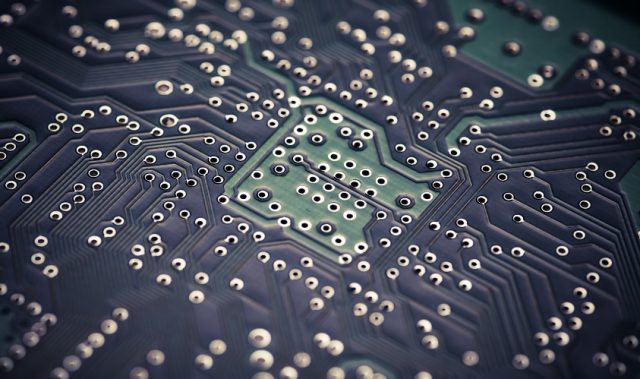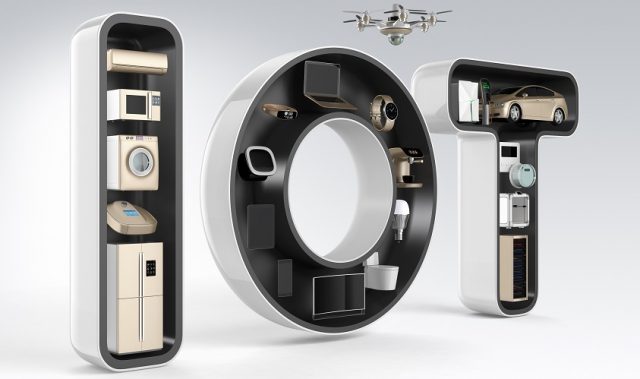
AsianScientist (Jan. 31, 2018) – Scientists in Singapore have developed a microchip that can capture visual details from video frames at extremely low power consumption, paving the way for energy-efficient Internet of Things (IoT) applications.
IoT has been gaining traction as a technology for personal and environmental sensing. However, vision electronic systems are currently not feasible for IoT applications due to their high power consumption and large size.
To over come these limitations, a team of researchers led by Associate Professor Massimo Alioto at the National University of Singapore has developed a microchip, called the EQSCALE chip, that can perform visual processing at extremely low power. A video feature extractor captures visual details taken by a smart camera and turns them into a much smaller set of points of interest and edges for further analysis. It then automatically detects, classifies and tracks objects in the visual scene.
Because video feature extraction needs to be performed on every single frame continuously, energy efficiency is critical for long-term function, and the minimum power of a smart vision system determines the minimum system size.
The power consumption of previous state-of-the-art chips for feature extraction ranges from various milliwatts to hundreds of milliwatts, which is the average power consumption of a smartwatch and a smartphone, respectively. To enable near-perpetual operation, devices can be powered by solar cells that harvest energy from natural lighting in living spaces.
However, such devices would require solar cells with a size in the centimeter scale or larger, thus posing a fundamental limit to the miniaturization of such vision systems. Shrinking them down to the millimeter scale requires the reduction of the power consumption to much lesser than one milliwatt.
The NUS Engineering team’s EQSCALE microchip can perform continuous feature extraction at 0.2 milliwatts–20 times lower in power consumption than any existing technology. This represents a major advancement in the level of miniaturization for smart vision systems. The novel feature extractor is smaller than a millimeter on each side, and can be powered continuously by a solar cell that is only a few millimeters in size.
“This technological breakthrough is achieved through the concept of energy-quality scaling, where the trade-off between energy consumption and quality in the extraction of features is adjusted,” Alioto explained. “This mimics the dynamic change in the level of attention with which humans observe the visual scene, processing it with different levels of detail and quality depending on the task at hand. Energy-quality scaling allows correct object recognition even when a substantial number of points of interests are missed due to the degraded quality of the target.”
The team is looking into developing a miniaturized computer vision system that comprises smart cameras equipped with vision capabilities enabled by the microchip, as well as a machine learning engine that comprehends the visual scene. Their ultimate goal is to enable massively distributed vision systems for wide-area and ubiquitous visual monitoring, vastly exceeding the traditional concept of cameras.
———
Source: National University of Singapore; Photo: Pixabay.
Disclaimer: This article does not necessarily reflect the views of AsianScientist or its staff.












